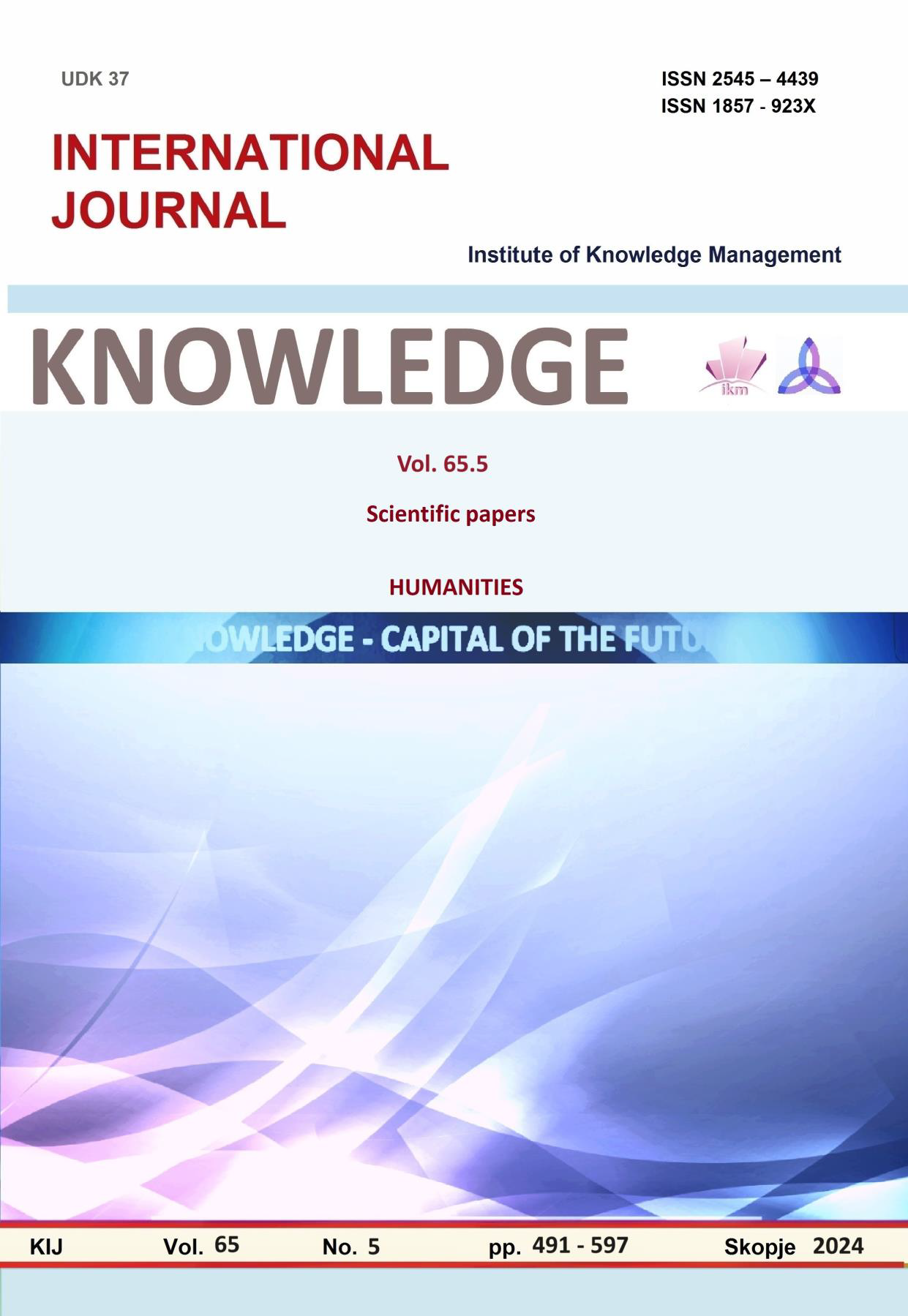ОБЩ ПРЕГЛЕД НА НЯКОИ ОТ ПО-ЗНАЧИМИТЕ МЕТОДИ ЗА НАЧАЛНО ОБУЧЕНИЕ ПО КЛАСИЧЕСКА КИТАРА ОТ КОМПОЗИТОРИ, ТВОРИЛИ ВЪВ ВТОРАТА ПОЛОВИНА НА XVIII ВЕК И НАЧАЛОТО НА XIX ВЕК
AN OVERVIEW OF SOME OF THE MOST SIGNIFICANT CLASSICAL GUITAR METHODS, WRITTEN IN THE SECOND HALF OF THE 18TH CENTURY AND THE EARLY 19TH CENTURY
Author(s): Yoana Savova TiholovaSubject(s): Fine Arts / Performing Arts, Music, History of Art
Published by: Scientific Institute of Management and Knowledge
Keywords: classical guitar;method;beginner studies;teacher
Summary/Abstract: Nowadays, the classical guitar is among the most popular and valued instruments. It is used both by amateurs, lovers of musical art, and by professional musicians in the field. With its easy accessibility, it can serve both as an accompanying instrument and as a solo instrument, presenting the performer with a rich range of timbres, ways of sound extraction and a stylistically diverse repertoire. The purpose of this article is to present an overview of the works for the guitar, created entirely with a pedagogical purpose by the most significant composers-guitarists in the era of the so-called "Golden Age" (the second half of the 18th century and the beginning of the 19th century). At that time, thanks to its sound and practicality, the instrument became extremely popular, and the musical literature for classical guitar was greatly enriched. The main goal of this article is to examine the methodological activity with the instrument in the relevant period, by focusing on the created beginner guitar methods. This, in turn, would contribute to the cultivation of a clearer idea for contemporary guitarists regarding the development and rise of pedagogical practice over the years. The pedagogical methods of the composers: Federico Moretti, Ferdinando Carulli, Fernando Sor, Dionisio Aguado and Matteo Carcasi are examined. According to the time (the first half of the 11th century), in which the mentioned artists lived, they are defined as early romantics, but in the history of the guitar, they are better known as "classical composers". This is confirmed by the texture and genre features of their musical pieces. A number of commonalities are present in their teaching methods such as the idea for correct posture, manner of presentation and arrangement of the given information. The works are most often divided into several parts. The first one gives knowledge about the basic musical elements. That way every future guitarist can get a good musical resume on which to later build their musical skills with the instrument. The second and third parts generally establish proper guitar posture, introduce the instrument in detail, introduce basic guitar techniques and offer the learner short pieces that put into practice the theoretical information presented earlier in their books. Despite the many similarities in the presentation of new knowledge, we can clearly see the desire of the composers to further develop and enrich their work with the instrument, creating innovations in pedagogical and performance activities, including the use of a tripod, plucking the strings with nails and imitations of orchestral instruments. The musical and theoretical material described in this article is of great importance for guitarists even today. This is the period in which the guitar gradually reached its modern features and construction, and the works of the named authors shed light on the implementation of many of the basic technical techniques for guitar pieces, which are still actively used today. The pieces in the musical literature of this period are an important part of the repertoire of every beginner and advanced guitarist, and serve as a foundation in their technical and musical development.
Journal: Knowledge - International Journal
- Issue Year: 65/2024
- Issue No: 5
- Page Range: 591-597
- Page Count: 7
- Language: Bulgarian

